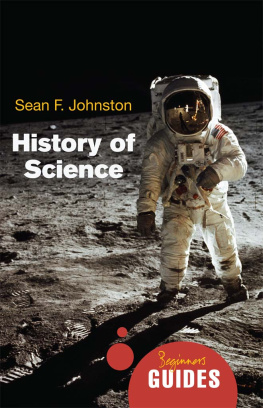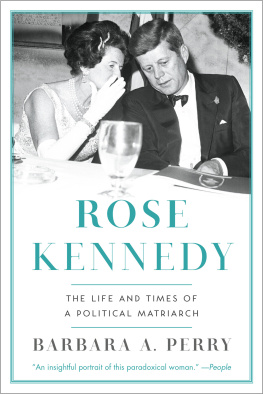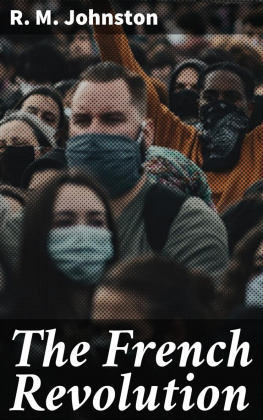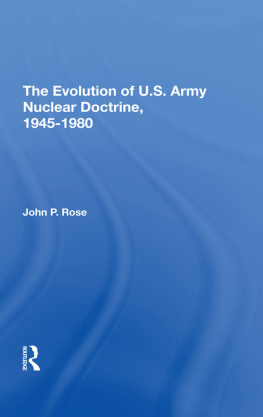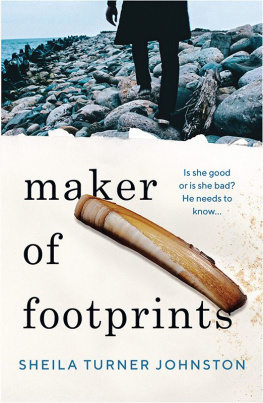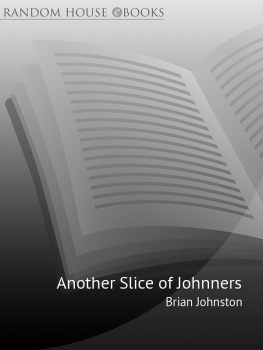First published 2008 by LEFT COAST PRESS, INC.
Published 2017 by Routledge
2 Park Square, Milton Park, Abingdon, Oxon OX14 4RN
711 Third Avenue, New York, NY 10017, USA
Routledge is an imprint of the Taylor & Francis Group, an informa business
Copyright 2008 by Barbara Rose Johnston
All rights reserved. No part of this book may be reprinted or reproduced or utilised in any form or by any electronic, mechanical, or other means, now known or hereafter invented, including photocopying and recording, or in any information storage or retrieval system, without permission in writing from the publishers.
Product or corporate names may be trademarks or registered trademarks, and are used only for identification and explanation without intent to infringe.
ISBN 13: 978-1-59874-346-3 (pbk)
ISBN 13: 978-1-59874-345-6 (hbk)
Library of Congress Cataloging-in-Publication Data
[to come]
Cover design by Andrew Brozyna
Cover photo: John Anjain in April 1999, remembering the Bravo shot while standing on the site of his boyhood home. This visit was Anjains first return to Rongelap since evacuation in 1985. Photo courtesy W. Nicholas Captain.
Consequential Damages of Nuclear War
Statement of John Anjain:
Early in the morning of March 1, 1954, sometime around five or six oclock, American planes dropped a hydrogen bomb on Bikini Atoll. Shortly before this happened, I had awakened and stepped out of my house. Once outside, I looked around and saw Billiet Edmond making coffee near his house. I walked up and stood next to him. The two of us talked about going fishing later in the morning. After only a few minutes had passed we saw a light to the west of Rongelap Atoll. When this light reached Rongelap we saw many beautiful colors. I expect the reason people didnt go inside their houses right away was because the yellow, green, pink, red, and blue colors which they saw were such a beautiful sight before their eyes.
The second thing that happened involved the gust of wind that came from the explosion. The wind was so hot and strong that some people who were outside staggered, including Billiet and I. Even some windows fell as a result of the wind.
The third thing that happened concerned the smoke-cloud which we saw from the bomb blast. The smoke rose quickly to the clouds and as it reached them we heard a sound louder than thunder. When people heard this deafening clap some of the women and children fled to the woods. Once the sound of the explosion had died out everyone began cooking, some made donuts and others cooked rice.
Later some men went fishing, including myself. Around nine or ten-oclock I took my throw net and left to go fishing near Jabwon. As I walked along the beach I looked at the sky and saw it was white like smoke; nevertheless I kept on going. When I reached Jabwon, or even a little before, I began to feel a fine powder falling all over my body and into my eyes. I felt it but I didnt know what it was.
I went ahead with my fishing and caught enough fish with my throw-net to fill a bag. Then I went to the woods to pick some coconuts. I came back to the beach and sat on a rock to drink the coconuts and eat some raw fish. As I was sitting and eating, the powderbegan to fall harder. I looked out and saw that the coconuts had changed color. By now all the trees were white as well as my entire body. I gazed up at the sky but couldnt see the clouds because it was so misty. I didnt believe this was dangerous. I only knew that powder was falling. I was somewhat afraid nevertheless.
When I returned to Rongelap village I saw people cooking food outside their cook-houses. They didnt know the powder was very dangerous. The powder fell all day and night long over the entire atoll of Rongelap. During the night people were sick. They were nauseous, they had stomach, head, ear, leg and shoulder aches. People did not sleep that night because they were sick.
The next day, March 2, 1954, people got up in the morning and went down to get water. It had turned a yellowish color. Oh, Oh they cried out and said the powder that fell down yesterday and last night is a harmful thing. They were sick and so Jabwe, the health-aide, walked around in the morning and warned the people not to drink the water. He told them that if they were thirsty to drink coconuts only.
At three oclock in the afternoon of March 2, 1954 a seaplane from Enewetak Atoll landed in the lagoon of Rongelap and two men came ashore. Billiet and I asked them why they had come to Rongelap and they responded by saying they had come to inspect the damage caused by the bomb. They said they would spend twenty minutes looking at all the wells, cement water catchments, houses and other things. The two men returned quickly to their plane and left without telling anyone that the food, water, and other things were harmful to human beings.
Everyone was quite surprised at the speed with which the men surveyed everything in the island and then returned to their plane. People said maybe weve been really harmed because the men were in such a hurry to leave. Although they said they would look around for about twenty minutes, they probably didnt stay here for more than ten minutes. So in less than ten minutes after their arrival on Rongelap, the two men had already taken off.
On that day we looked at the water catchments, tubs and other places where there was a great deal of water stored. The water had turned a strong yellow and those who drank it said it tasted bitter.
On March 3, early in the morning, a ship and a seaplane with four propellers appeared on Rongelap. Out of the plane came Mr. Oscar [DeBrum] and Mr. Wiles, the governor of Kwajelein Atoll. As their boat reached the shore, Mr. Oscar cried out to the people to get on board and forget about their personal belongings for whoever thought of staying behind would die. Such were the words by which he spoke to them. Therefore, none of the people went back to their houses, but immediately got on the boats and sailed to board the ship that would take them away. Those who were sick and old were evacuated by plane.
At ten oclock in the morning we left Rongelap for Ailinginae Atoll and arrived there at three in the afternoon. We picked up nineteen people on this atoll and by five oclock we were on our way to Kwajalein.
On March 4, we arrived on Kwajalein and met the Admiral who then sent us to where we were to stay. A day later, Dr. Conard and his medical team arrived. The doctorswere very thorough in checking and caring for our injuries and showed much concern in examining us. The Admiral was also very concerned about our situation and took us in as if we were his own children. His name was Admiral Clark




